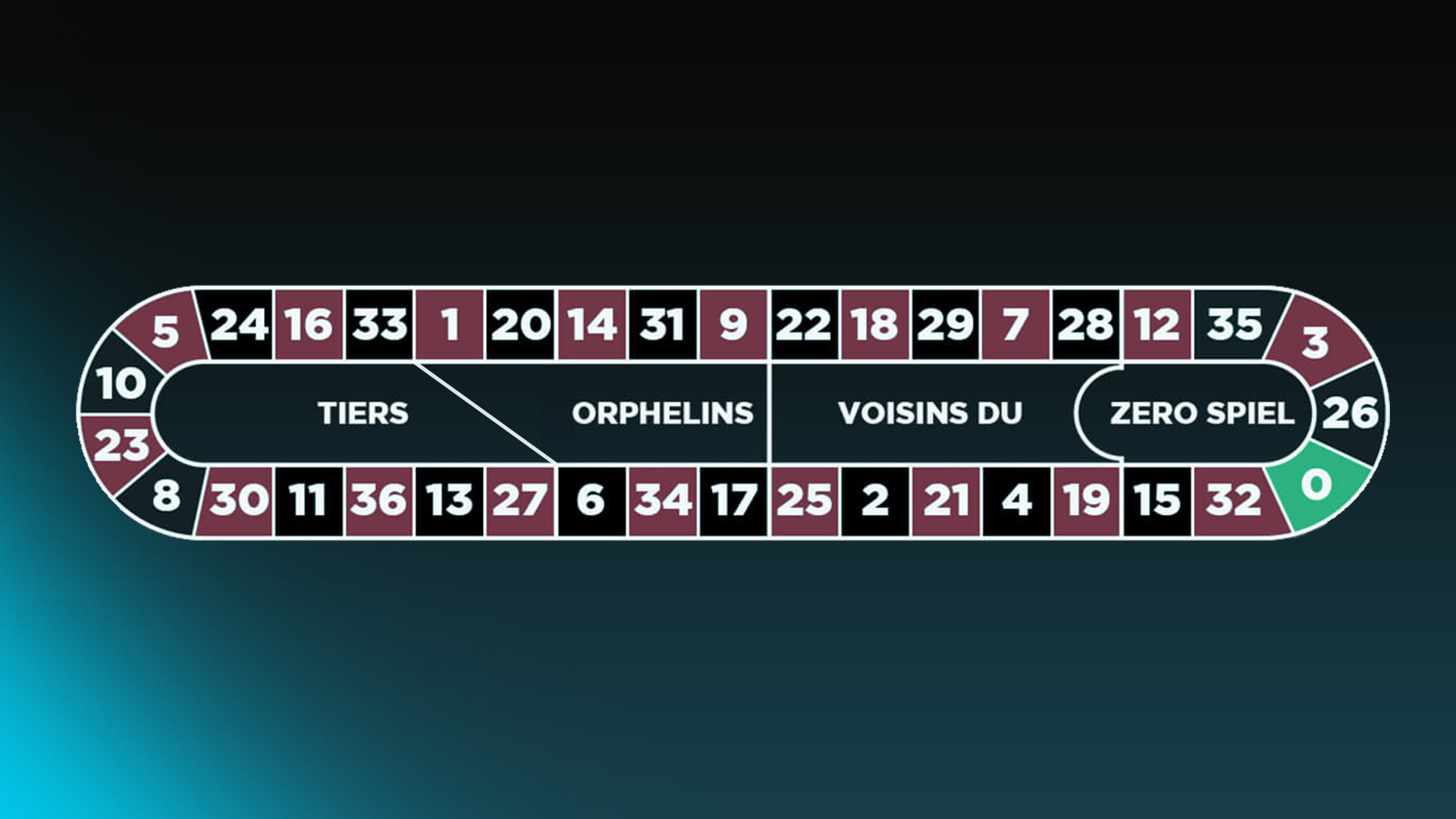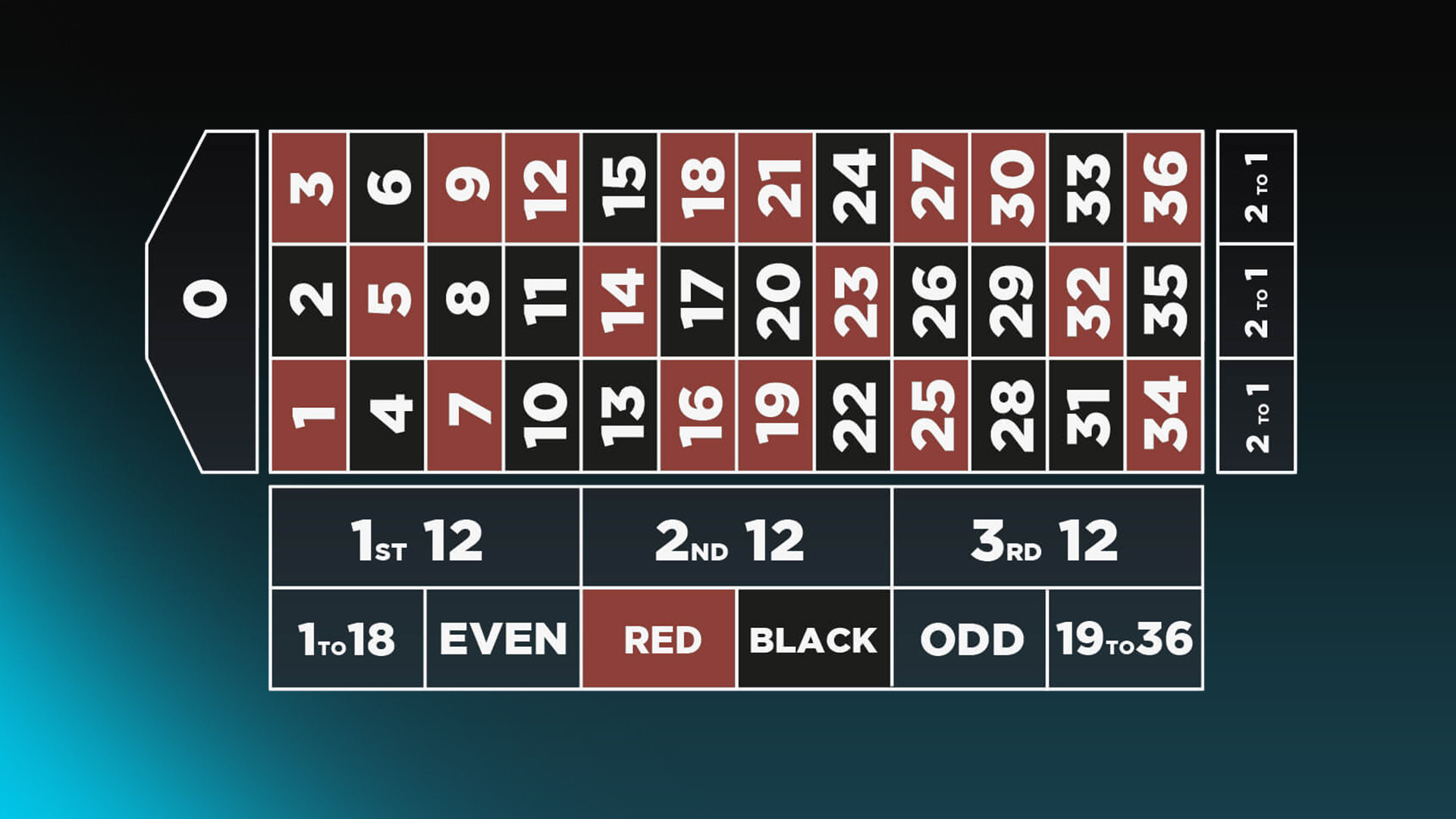
The Guide to Playing French Roulette
Find out everything there is to know about what French Roulette is, how to play French Roulette, the French Roulette table, the French Roulette wheel, the different betting options, what unique rules set it apart from other roulette games - and why this is one of the most popular versions.
What is French Roulette?
French Roulette is one of the most classic and historical variations of the popular casino game - having a history dating back to the 18th century. This elegant game is known for its unique features and its own French Roulette rules - distinguishing it from other versions of the game, such as European and American Roulette.
French and European roulette share many similarities. The French Roulette wheel, like the European Roulette wheel, has 37 pockets, numbered from 0 to 36 - slightly different from American Roulette, which has an extra double-zero 00 pocket, giving it a higher house edge.
How to Play French Roulette
Many of the same rules apply to the French version of roulette, however, there are some unique additions that you need to be aware of:
- At the beginning of the game, the croupier announces the start of the betting period, during which you select the bets you would like to place.
- French roulette games use a racetrack table layout that displays the unique call bets of the game. There is also a traditional number board with the option to place inside and outside bets.
- After your bets have been placed and the croupier has announced the end of the betting round, they will start spinning the ball.
- When the ball comes to a stop and lands in one of the pockets, the outcome will be decided and any winning bets paid out.
- La Partage will come into play when the ball lands in the green zero pocket, meaning you won't lose all your stake when losing an even money bet.
- French roulette games can also include the En Prison rule, which also applies to even money bets when the ball lands on the green single zero. Bets are withheld until the next round, and if the next spin results in a win, the player receives their original stake back.
- La Partage and En Prison both originate from the French game, but it's worth noting that not every game utilises these rules, so make sure to check before playing.
Ultimately, French Roulette distinguishes itself mainly by its La Partage and En Prison rules, both of which give you better odds compared to other versions. Because of its history and unique roulette rules, this is a favourite among roulette players worldwide.
French Roulette Table Layout
In French Roulette, you'll find that the main table layout is similar to that in other versions of the game, allowing you to place all your traditional inside and outside betting options. To select a bet, simply place your chips over the position that represents the sections you would like to wager on winning.
The French Roulette table layout is famous for having its racetrack-style betting area and special French Roulette terms, this is roulette at its most sophisticated.
French Roulette Terms: One noticeable difference is the fact that French terminology is used in the French Roulette layout. For instance, you’ll see Pair and Impair instead of evens and odds. You’ll also see Manque and Passe used instead of low (1-18) and high (19-36) numbers. The good news is that it’s not hard to learn - and it simply adds a touch of authenticity and tradition to the game.
Announced Bets: Then we have the fact that French Roulette also offers a range of special bets known as ‘announced bets’, which you would usually verbally announce to the croupier rather than place directly on the table layout. Announced bets include popular French Roulette betting options like ‘Voisins du Zéro’, ‘Tiers du Cylindre’ and ‘Orphelins’, which cover a specific section of the wheel.
Types of Bets in French Roulette
French Roulette has several unique betting options that set it apart from other variants of the game - and these are the announced bets (also known as call bets). These give you even more ways to bet and can be particularly appealing if you’re someone who likes more complex or strategic gameplay.
Standard Bets in French Roulette
As is the case with any roulette game, you do have the option to place the standard inside and outside bets.
Outside betting options in French roulette:
- Red or black
- Odd or even
- High or low
- Column bets
- Dozens
Inside betting options in French Roulette:
- Straight up
- Split
- Line
- Corner
- Trio
- Basket
Call Bets in French Roulette

Voisins du Zéro - Neighbours of Zero: As the name suggests, this bet covers a selection of numbers near the zero on the wheel. In total, it includes 17 numbers, starting from 22 and stretching to 25 on the wheel, with the zero in the middle. You can place your chips to bet on this group of numbers collectively.
Tiers du Cylindre - Third of the Wheel: Unsurprisingly, this bet covers a third of the wheel - but specifically the third of the wheel opposite to the zero. This includes 12 numbers between 27 and 33 on the wheel - and you simply need to place your bets on this section to cover all the numbers in this range.
Orphelins - Orphans: Orphelins covers the remaining numbers on the wheel that aren’t included in the Voisins du Zéro and Tiers du Cylindre bets. This bet includes eight numbers.
Le Jeu Zéro - Zero Game: This is a bet that focuses specifically on the numbers surrounding zero and includes three chips placed on 0-3, 12-15, and 32-35. This is a subset of the Voisins du Zéro bet and gives you higher odds of winning on zero-related outcomes.
Neighbours Bets: This involves betting on one specific number plus its neighbouring numbers on the wheel. So, for example, if you put a neighbours bet on 5, it would not only cover 5 but the two adjacent numbers on either side.
What is the House Edge in French Roulette?
French roulette is highly favoured for its low house edge. The French roulette house edge can be as low as 1.35%. Although the game typically carries a 2.70% house edge for most French bet roulette offers, this drops by half to 1.35% if you’re placing an even money bet on a game with the La Partage or En Prison rules in effect.
House edge in French roulette compared to other versions:
- French roulette: 2.70%
- American roulette: 5.26%
- European roulette: 2.70%
Tips for Playing French Roulette
Exploring call bets
When playing French roulette at a secure online casino, a popular approach is to explore call bets rather than focusing solely on inside bets.
Call bets cover a whole section of the wheel, offering improved chances of winning. This naturally results in lower odds and payouts, of course, but it’s a strategy that mitigates risks while increasing your chances.
You might want to look into bets known as Voisins du Zero, which cover the 17 numbers closest to zero, or Tiers du Cylindre, which span 12 numbers on the opposite side of the wheel.
The payout isn’t as high as an inside bet, but the odds are more in your favour. This is a safer approach that often produces more consistent results over time.
Make use of the La Partage and En Prison rules
If you’re playing French roulette, you’ll want to make the most of two rules that are distinctly advantageous to the player: La Partage and En Prison. Both of these rules come into play when the ball lands on zero.
With La Partage, if you place an even-money bet (red/black, for example) and the ball lands on zero, you’ll get half your stake back. This effectively cuts down your potential losses and helps to protect your bankroll for a little longer. This can be a good option if you prefer to play even-money bets.
En Prison goes a step further, allowing you to keep your even-money bet on the table for the next spin if the ball lands on zero. Essentially, your bet is ‘imprisoned’ and has another chance to win. If it wins on the next spin, your full stake will be returned.
These rules reduce the house edge, giving you a safety blanket and helping you to avoid losing your money in one go.
Avoiding inside bets
In roulette, inside bets are often avoided by many players as they offer the worst odds. This is because a player is placing their chips on a single number or small groups of numbers.
Although they stand out because of their higher payouts, it’s often highly unlikely that this will pay off.
Landing a single number will see you pocket 35 times your original stake, but the odds of this happening are not great.
Many experienced roulette players tend to stick with call bets or outside bets.
Adopting a structured approach
While French roulette is a game of chance, you can bring structure to your play by adopting one of the many roulette strategies out there.
For example, with the Martingale, you double your bet after each loss, which can help you control your stakes. However, no system guarantees a win in French roulette.
Alternatively, the D’Alembert system involves increasing your bet by one unit after a loss and reducing it after a win. This is a more conservative, yet sensible approach.
Play French roulette online, as well as options such as European Roulette and American Roulette.
